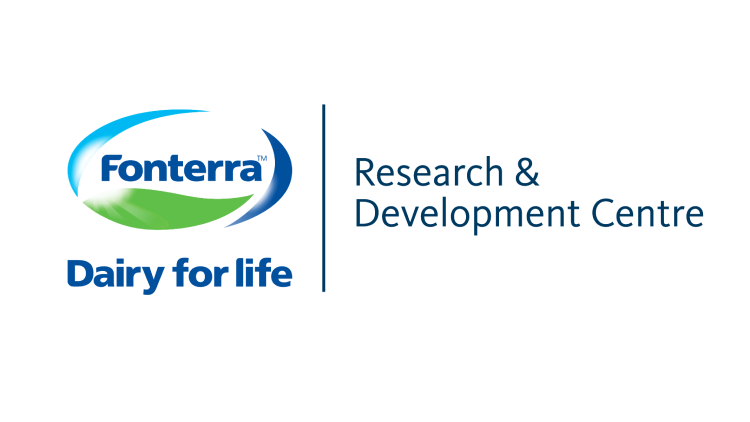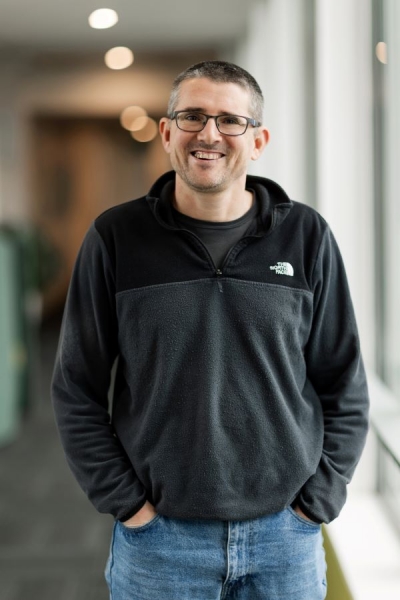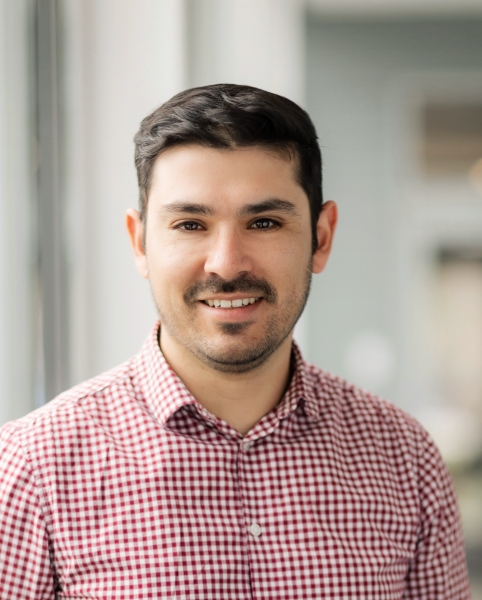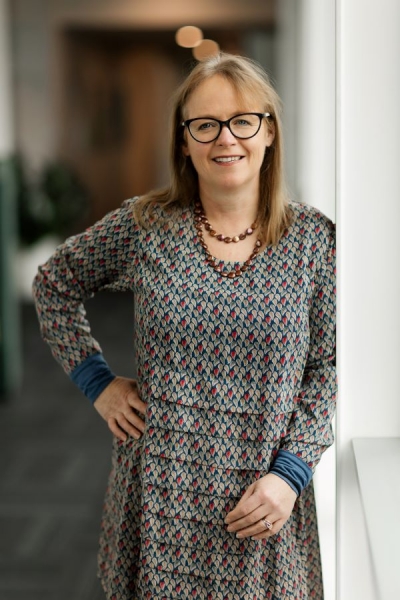Promotional Features
Could recyclable packaging be the new standard for milk powder sachets?
Packaging plays a crucial role in our food system.
Safeguarding and preserving products, packaging ensures the goodness of dairy reaches consumers in the best possible condition, even with long supply chains. Fonterra is committed to providing affordable dairy nutrition to people across the Asia Pacific region, and recognises that packaging can be challenging to recycle once it has finished its job.
The APAC region faces many challenges in managing its waste, accounting for approximately 64% of global mismanaged waste in 2019.1 Plastic packaging is a contributor to this waste, with an estimated 828 billion units sold in the region per annum in 2018, with flexible packaging making up 45% of this.2
The Fonterra Research and Development Centre (FRDC) in Palmerston North, New Zealand, is stepping up to the challenge of designing packaging for a circular economy. One of its key packaging formats is consumer milk powder sachets, which are filled at multiple sites across Asia. Milk powders are susceptible products requiring complex high-barrier packaging to protect them.
While laminated foil plastic sachets do a great job preserving milk powders, waste management systems in APAC currently face challenges with processing this packaging. The region is investing heavily in recycling infrastructure and, to make successful, manufacturers of the packaging materials that will use this infrastructure must ensure their packaging structures align with the scaling of this infrastructure.
Standard high-barrier flexible packaging structures consist of complex structures of multiple materials, including plastic polymers and aluminium, made of up to 11 layers. These highly engineered structures manufactured on specialised plastic film extrusion equipment have evolved over the last 40 years.
In a positive stride towards sustainability, Fonterra has moved to recycle-ready ‘mono-material’ packaging materials for its milk powder sachets. The process began several years ago when Fonterra challenged its packaging suppliers to deliver a recycle-ready material structure that meets its packaging specifications and has collaborated closely with them to develop these fit-for-purpose structures.
Ensuring no reduction in milk powder quality
“To redesign these materials to be recycle-ready involves a revised formulation where most of the structure is made up of one polymer family; hence the new term ‘mono materials’ for recycle-ready structures,” says Coster Ngirazi, Senior Packaging Research Technologist at FRDC.
“The change in material structure also changes the material's functional parameters, making it more challenging to run on existing form-fill-seal machines. The sealing window is reduced for these ‘mono-materials’, which means the sealing time, seal pressure and temperature must be aligned precisely to ensure the seal integrity of the bag. However, we cannot compromise on this complex material structure's functionality and shelf life, so these parameters must be incorporated into the new material design.
“Redesigning milk powder sachets into a sustainable film means moving away from the non-recyclable aluminium foil structure, an ‘absolute’ barrier to oxygen and moisture, and towards a film with fewer material types and the same barrier properties.
“We needed to understand whether this change would have a ‘material’ impact on the overall shelf life of the product. This meant going back to first principles and asking ourselves what this new material would mean for the product and if this is a significant change,” adds Ngirazi.
“Redesigning high-barrier, high-performance packaging materials has challenged us to examine the fundamental barrier property requirements of our powders, perform experiments to test our hypothesis, and establish new baseline specifications for these properties,” says Dr Paul Andrewes, Senior Scientist at the FRDC.
“The intuitive approach would have required extensive and expensive testing of powders in sustainable packaging to prove that they remained fit for purpose. However, a more efficient and informative approach was to conduct a trial proving that the sustainable materials could limit moisture ingress to amounts that did not compromise product quality.”
Maintaining shelf life with sustainable packaging
“The shelf life of a product is determined by complex interactions between the product, the packaging it is packed in and the conditions under which it is held,” says Dr Gonzalo Martinez, Packaging Research Technologist/Research Engineer at FRDC.
"Maintaining the shelf life of our products is a key parameter for the sustainable packaging changes, and it is essential that we can demonstrate the impact that new packaging materials may have on the product in its supply chain.
“Modelling allows us to predict the impact of any changes to the packaging material, product parameters, or conditions on the shelf life. In addition, modelling may let us narrow down testing from a trial-and-error approach to only consider the most meaningful cases. Experiments like this consumer powders trial provide the evidence to test and validate theoretical parameters used in the model to ensure it continues to evolve to further represent the real-world situation,” adds Dr Martinez.
An opportunity for experimentation
“Through our work, we have learned that creating sustainable packaging is an opportunity to gain a better understanding of our products and packaging under different conditions. By setting new specifications based on the product, packaging, and supply chain conditions, we can design and optimise packaging that is fit for purpose,” says Sarah Baylis, Packaging Innovation Manager at FRDC.
“As a result, Fonterra can adopt recycle-ready consumer milk powder sachets in the Asia Pacific region, which will be implemented in all our manufacturing plants over the next year. Fonterra’s goal is to make our global packaging footprint recycle-ready by 2025, and we are well on our way towards achieving this,” adds Baylis.
“We have future-proofed our packaging portfolio for recovery as we move towards a more sustainable world.”
Implementation and impact
It is vital that manufacturers are implementing new innovations to offset issues such as plastic pollution, cost increases and performance within the industry. Fonterra has already implemented changes, including:
- Timeline for new packaging materials The rollout of the new recyclable packaging materials is scheduled over the next 12 months, with some markets having already launched the initiative.
- Addressing the challenges Fonterra is tackling the challenges of maintaining the shelf life and functional performance of the new materials on high-speed production lines. These issues are being addressed through rigorous testing and optimisation of the production process.
- Cost and production The shift to ‘mono-materials’ has implications for the cost of production. While initially, these specialty materials may be more expensive, Fonterra anticipates that regulation through Extended Producer Responsibility programs will balance the overall cost to the manufacturer using these films. As the industry adopts these materials more broadly and develops second-generation recycle-ready structures, costs are expected to stabilise.
- Shelf-life considerations Fonterra has demonstrated that the new packaging materials will not compromise the shelf life of products, ensuring that consumers continue to enjoy the high quality they expect.
- A Regional approach to plastic pollution The issue of plastic pollution requires a concerted effort across the Asia Pacific region. Fonterra's approach to sustainable packaging is not just about meeting regulatory demands or individual campaigns; it's about contributing to a systemic solution that spans multiple nations and sectors. The shift towards circularity of packaging, including post-consumer collection and recycling, is essential. Fonterra is committed to working with the public and private sectors to redefine 'end-of-life' for plastics and turn it into a new beginning within a circular economy.
References
1. Statista. Distribution of mismanaged plastic waste worldwide in 2019, by region.
2. Euromonitor International. Global packaging trends report 2019.





